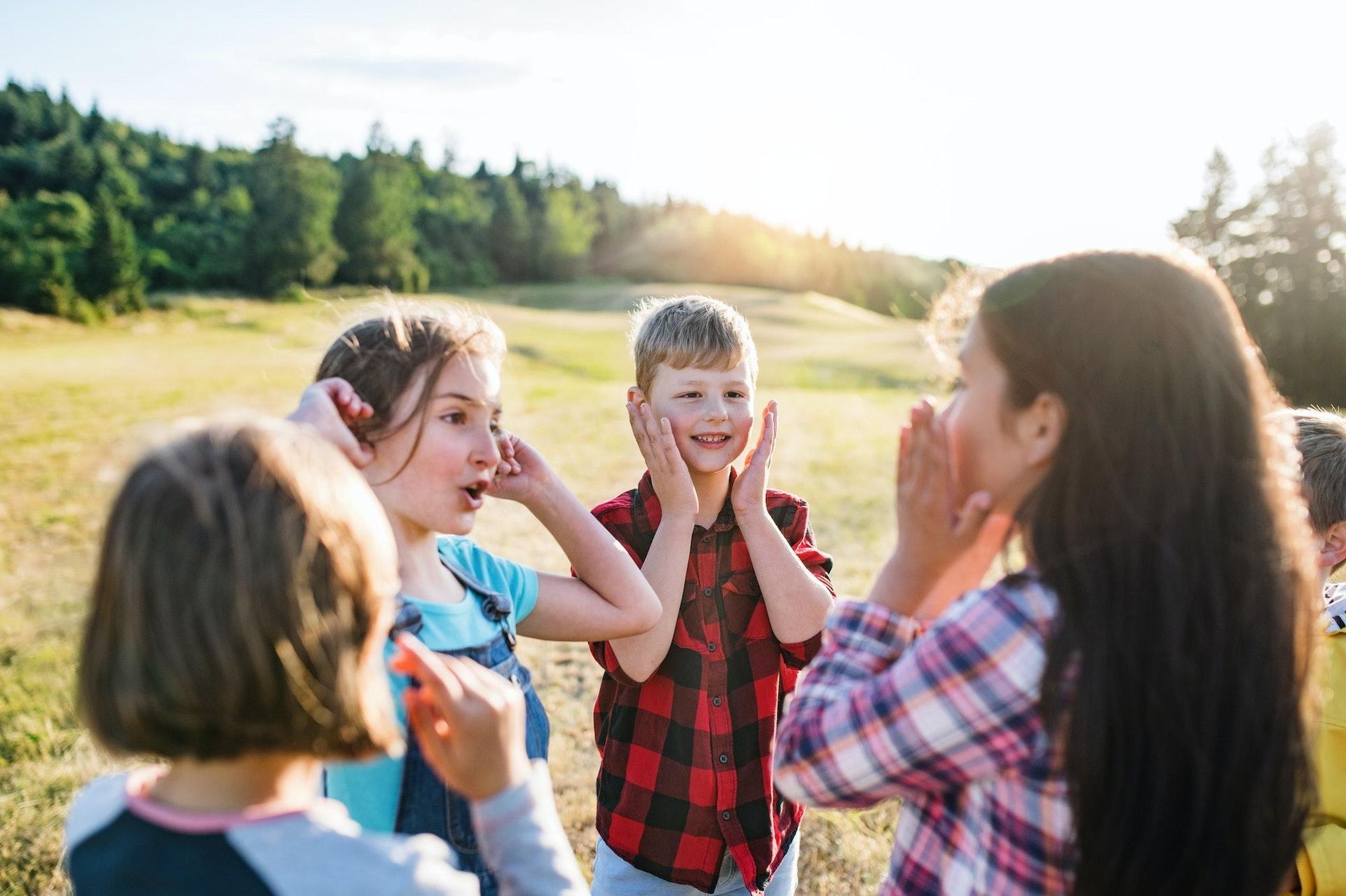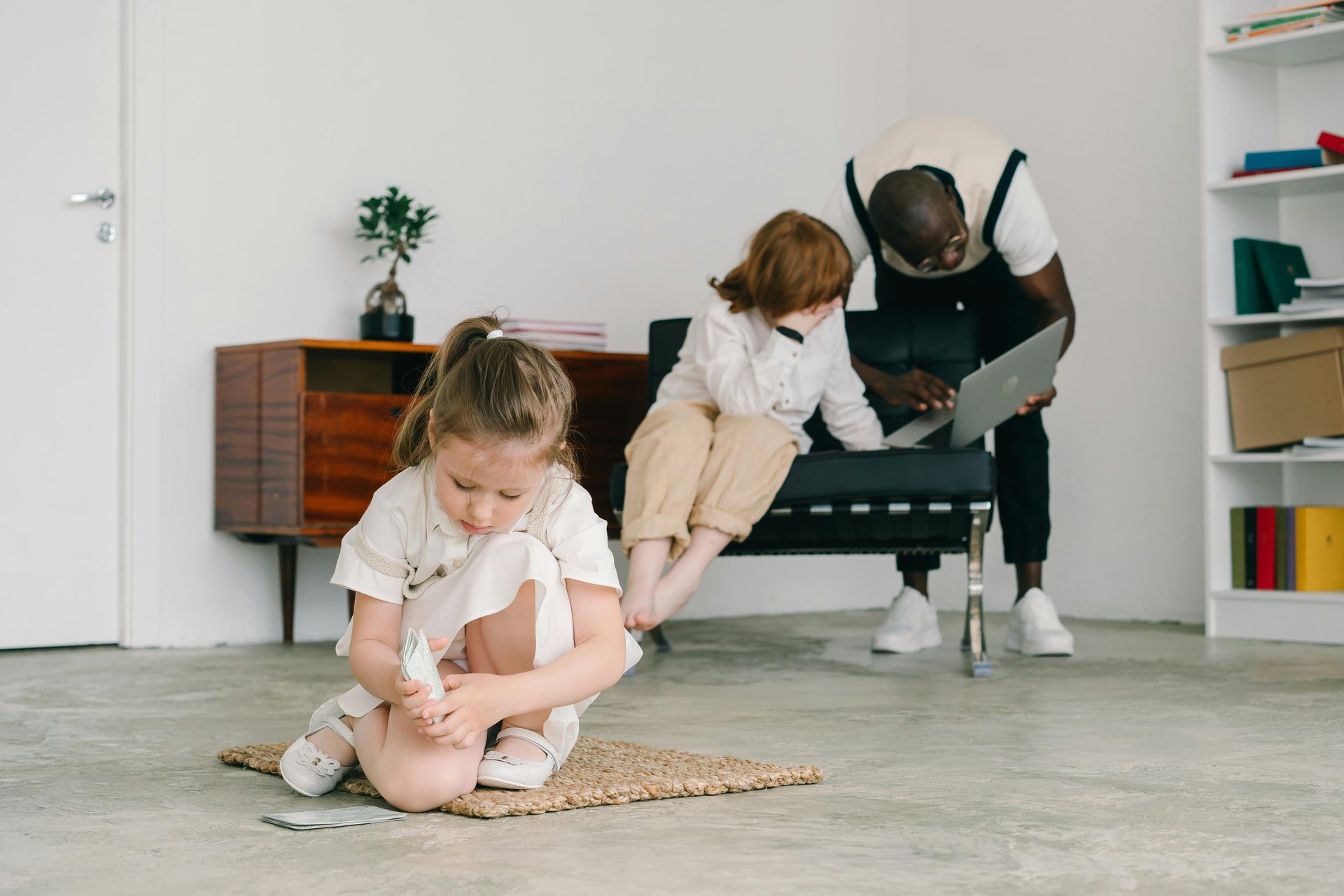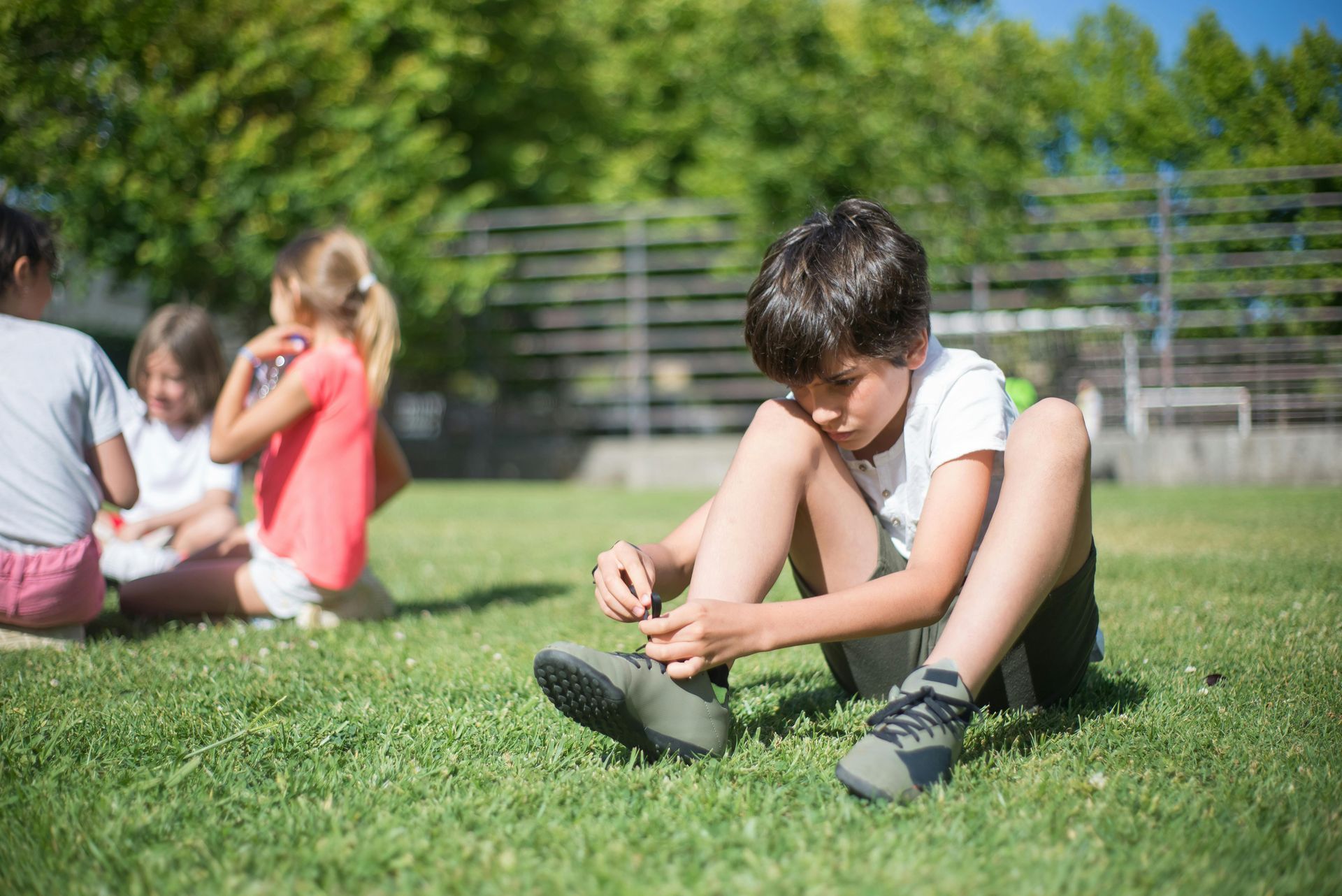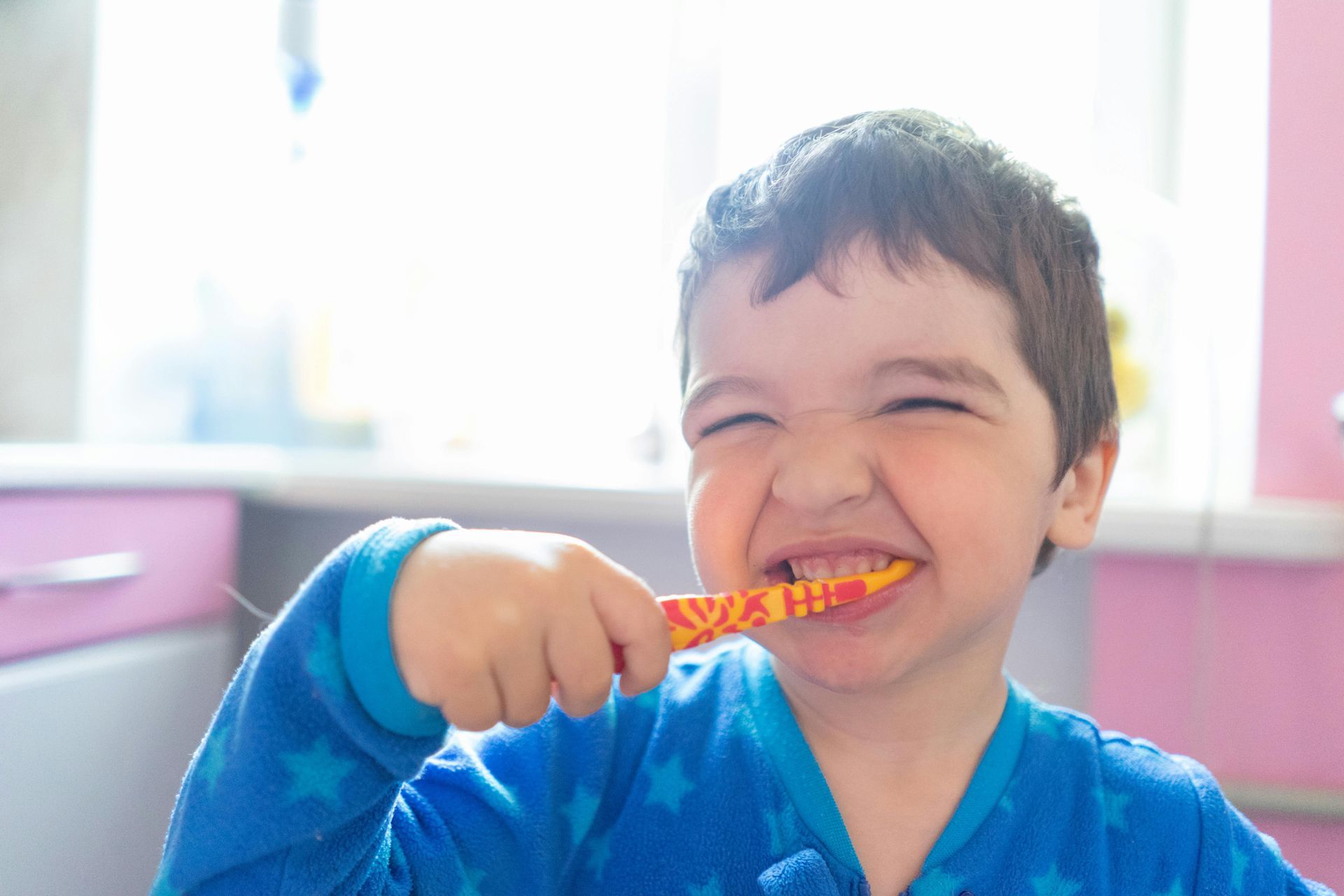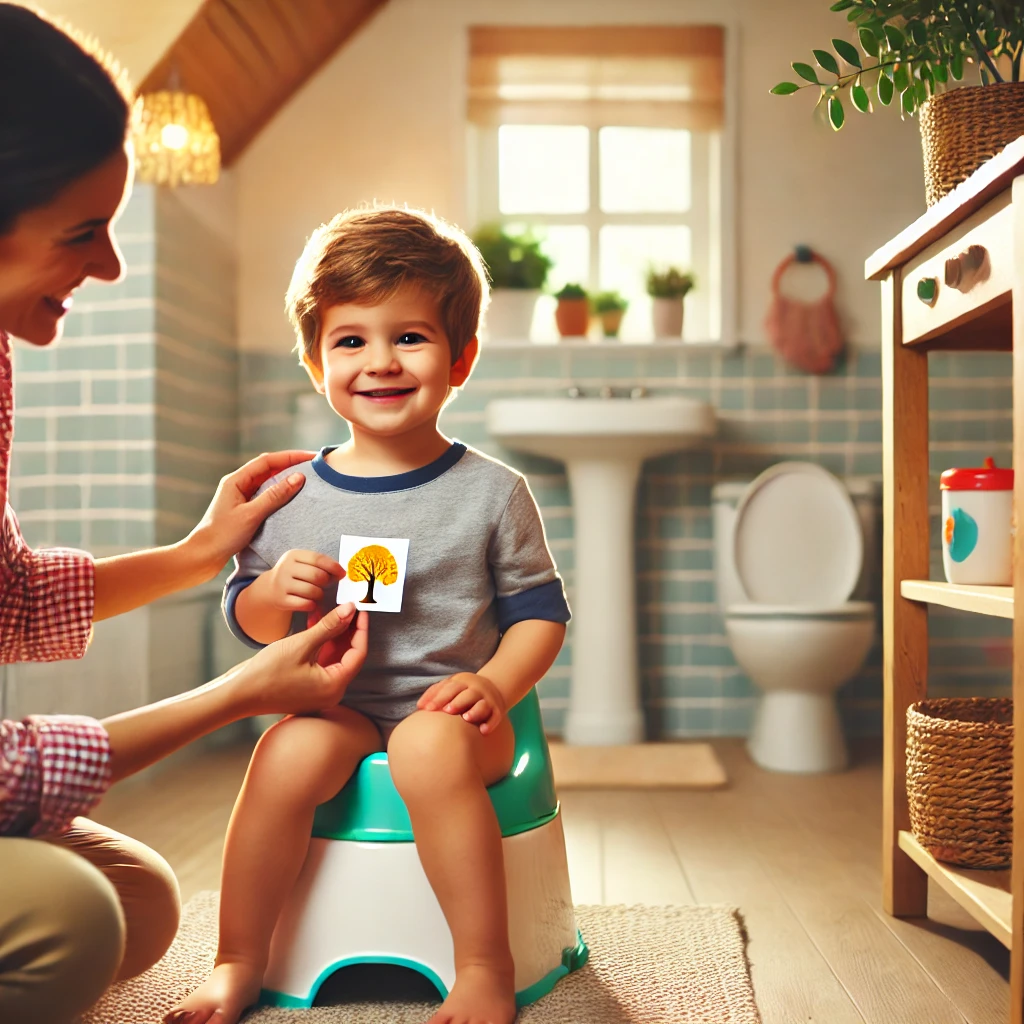From Milestones to Mastery: How We Track Your Child’s Growth in ABA
From Milestones to Mastery: How We Track Your Child’s Growth in ABA
When your child begins ABA therapy, one of the most common questions parents ask is: How will I know if it’s working? It’s a great question — and an important one. ABA (Applied Behavior Analysis) is all about meaningful progress. From the first word spoken to the first independent shoe-tying, each success builds upon the last. But how do we track that growth? How do we know your child is learning, developing, and moving toward greater independence?
This blog will walk you through how your child’s progress is monitored in ABA — from those first assessments to goal updates, data collection, and everything in between. Think of this post as a behind-the-scenes look at how we move from milestones to mastery — and how families like yours are a crucial part of that journey.
What Are Milestones in ABA?
In ABA, milestones are foundational skills that serve as steppingstones for more complex learning. They might include:
- Responding to one’s name
- Making eye contact
- Imitating simple actions
- Following directions
- Asking for help
- Playing with peers
Each of these abilities may seem small on their own, but they are actually huge leaps in development for many children with autism. These milestones form the building blocks for language, socialization, and independence.
Our job as behavior analysts is to identify what your child can already do and what they’re ready to learn next — and then track progress every step of the way (Cooper et al., 2020).
How We Begin: The Assessment Process
Before therapy begins, your child will go through a comprehensive ABA assessment. This may include:
- The ABLLS-R (Assessment of Basic Language and Learning Skills - Revised)
Helps evaluate basic language, academic, and daily living skills (Partington, 2010). - The VB-MAPP (Verbal Behavior Milestones Assessment and Placement Program)
Measures language and social milestones using Skinner’s analysis of verbal behavior (Sundberg, 2008). - The Vineland-3 Adaptive Behavior Scales
Captures everyday living skills through a parent interview format (Sparrow et al., 2016).
These assessments give us a clear picture of where your child is starting — not just what they can do, but how they learn best, what motivates them, and where they may need support. Just like you wouldn’t begin a road trip without a map, we don’t begin therapy without a clear plan.
Data Collection: The Heart of ABA
In ABA, we don’t just hope your child is improving — we measure it.
Therapists track your child’s performance on specific goals during every session. This process, called data collection, may involve counting how many times a behavior occurs, timing how long it takes to complete a task, or recording whether a skill was performed independently or with help.
For example, if your child is learning to request items with one word (called a “mand” in ABA), the therapist might track:
- How often the child asks for preferred items
- Whether they use the correct word
- Whether they need a prompt
- Whether the skill is generalized across environments (e.g., at home and at school)
This data helps us determine if a skill is emerging, becoming consistent, or mastered. It also lets us see what teaching strategies are most effective (Leaf et al., 2021).
From Goals to Mastery
Each goal your child works on is written in a specific, measurable way. Instead of saying, “learn to ask for things,” the goal might say: “Given a preferred item and a verbal model, the client will independently mand for the item using a one-word vocal response in 4 out of 5 opportunities across three consecutive sessions.”
Why so specific? Because clear goals help us know when a skill is mastered — and when it’s time to move on to something new (Cooper et al., 2020). Mastery criteria are based on accuracy, consistency, and sometimes generalization. Once a child can perform a skill accurately across different settings, people, and materials, that skill is considered mastered. And when skills are mastered, we celebrate — and start working on the next step!
Generalization: Making Sure Skills Stick
A child’s ability to perform a skill during a therapy session is great — but can they do it at the park? In the grocery store? With a sibling?
Generalization means your child can use a skill in different environments and with different people. It’s a critical part of success in ABA. That’s why we intentionally practice goals in natural settings. If a child is learning to follow one-step directions, we might teach the skill at the table first, then practice it while playing on the floor, during snack time, or while transitioning to the car.
When children can use their skills outside of therapy, those skills are more likely to last — and be meaningful in real life (Stokes & Baer, 1977).
Parent Involvement: You're Part of the Progress
We can’t do it without you. One of the most important aspects of tracking progress is parent collaboration. You know your child best. Your observations at home, feedback during parent meetings, and participation in skill-building routines give us essential insights. Maybe you’ve noticed that your child is starting to greet family members at home or is more independent during bedtime routines. These are signs of generalization — and they help guide what we work on next.
You’ll receive regular updates on your child’s progress through:
- Monthly or quarterly reports
- Data summaries
- Graphs showing trends over time
- Parent meetings and training sessions
Together, we review what’s working, what’s challenging, and what new goals to set.
The Power of Graphs
It might sound funny, but graphs are one of the most powerful tools in ABA. They help us visually track your child’s progress and make informed decisions. Graphs show whether behavior is increasing, decreasing, or staying the same. They help us spot trends, adjust strategies, and celebrate every win — big or small. And yes, we love showing parents the “upward slope” of progress!
Progress Is Not Always Linear
It’s important to remember that learning is not always a straight path. There will be days of huge progress and days when things feel hard. Some skills take longer to develop. Some regress before they return. That’s okay. Progress in ABA is measured over time — not moment to moment. And with consistent support, your child will keep moving forward. We celebrate every attempt, every tiny win, and every breakthrough. Because they all matter.
When We Update Goals
Once your child has mastered a set of skills, we update their treatment plan to reflect the next set of priorities. We always consider:
- What’s developmentally appropriate
- What will increase independence
- What will improve quality of life
- What aligns with your family’s goals
Sometimes this means building on an existing skill. Other times, it means shifting focus to something new, like emotional regulation, peer play, or safety skills. ABA is dynamic. We’re constantly adjusting to make sure your child’s program grows with them — just like they’re growing with us.
Progress Takes a Team
Growth in ABA is a shared journey. It involves therapists, parents, supervisors, and — most importantly — your child.
We are honored to walk alongside your family, helping your child move from early milestones to meaningful mastery. Every word spoken, every skill practiced, every moment of connection — these are the bricks that build a brighter future.
So when you wonder how we track your child’s growth in ABA, know this: it’s with intention, with precision, and with heart. We don’t just track progress — we celebrate it.
References
Cooper, J. O., Heron, T. E., & Heward, W. L. (2020). Applied behavior analysis (3rd ed.). Pearson.
Leaf, J. B., Cihon, J. H., Ferguson, J. L., Milne, C. M., & Leaf, R. (2021). Contemporary ABA: The Science of Behavior Analysis. Sloan Publishing.
Partington, J. W. (2010). The assessment of basic language and learning skills—revised (ABLLS-R). Behavior Analysts, Inc.
Sparrow, S. S., Cicchetti, D. V., & Saulnier, C. A. (2016). Vineland Adaptive Behavior Scales, Third Edition (Vineland-3). Pearson.
Stokes, T. F., & Baer, D. M. (1977). An implicit technology of generalization. Journal of Applied Behavior Analysis, 10(2), 349–367.
Sundberg, M. L. (2008). The verbal behavior milestones assessment and placement program: The VB-MAPP. AVB Press.
